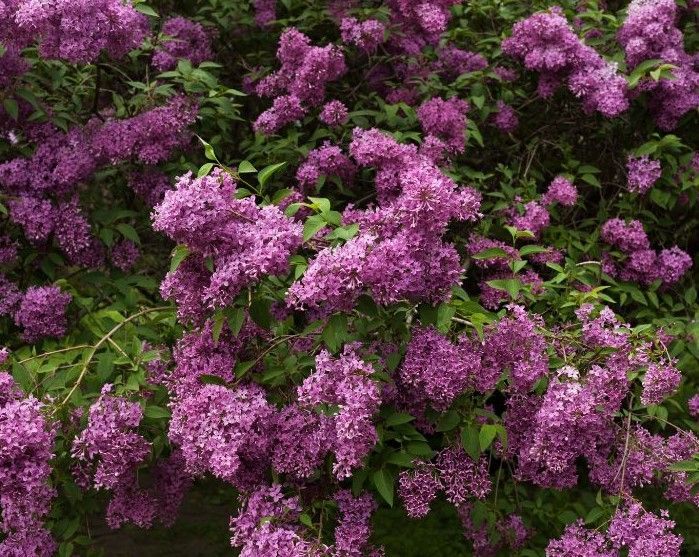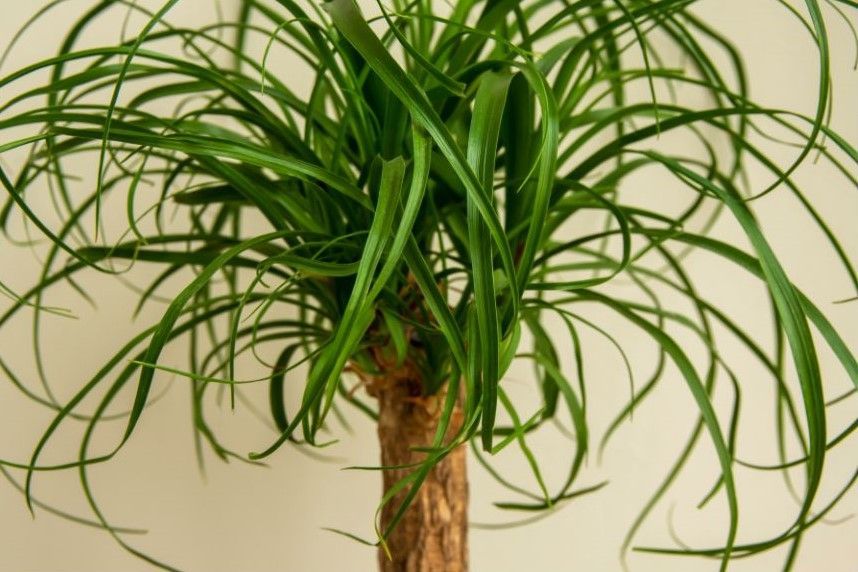Step-by-Step Guide to DIY Tree Pruning For Homeowners
Trees bring beauty and solace to our homes, offering shade and a haven for birds and wildlife. But along with their charm, they can also bring financial stress, especially when it comes to upkeep. For many homeowners, tree work can be a significant expense, particularly if there are several trees on the property. Some might choose to handle the work themselves, while others may put it off altogether to save money. However, delaying tree maintenance can lead to even bigger costs down the road, including removal or property damage.
In this article, we'll explore why routine pruning is crucial for homeowners. We'll break down ten reasons why incorporating pruning into your maintenance routine is a smart move. From keeping trees healthy to preventing costly damages, each reason highlights the benefits of regular care.
We'll also provide practical advice on how to prune your trees effectively and safely. You'll learn about essential tools, proper techniques, and when it's best to seek help from professional tree care experts.
10 Reasons to Incorporate Regular Tree Pruning into Your Landscape Maintenance Routine
- Enhanced Tree Health. Regular pruning helps maintain a tree's health by removing dead or diseased branches, reducing the risk of pests and diseases. Proper pruning also stimulates new growth, contributing to a vigorous and resilient tree. Also, allows the tree to withstand environmental stressors such as wind and storms.
- Improved Structural Integrity. Pruning helps shape a tree's structure by removing weak or poorly attached branches. This enhances the tree's overall stability, reducing the likelihood of limb breakage during storms or adverse weather conditions.
- Enhanced Sunlight Penetration. Strategic pruning allows for better sunlight penetration through the tree's canopy. This promotes the development of a healthier and more vibrant understory, encouraging the growth of grass, flowers, and other plants beneath the tree. It also helps make sure the lower branches of the tree get enough sunlight and moisture.
- Increased Air Circulation. Pruning opens up the canopy, allowing improved air circulation. This helps prevent the development of fungal diseases, as well as reducing the risk of pests by creating an environment less conducive to their proliferation.
- Aesthetic Appeal. Regular pruning enhances the visual appeal of trees, contributing to a well-manicured and aesthetically pleasing landscape. It allows for the removal of unwanted growth, creating a more balanced and attractive tree form. Well-pruned trees not only contribute to the overall visual appeal of your property but also improve curb appeal and potentially increase property value. Aesthetically pleasing trees can transform your landscape into a welcoming and inviting outdoor space.
- Controlled Size and Shape. Pruning enables homeowners and landscapers to control the size and shape of trees. Controlling the size and structure of trees through pruning also promotes balanced growth and prevents them from becoming overly dense or top-heavy, which can make them susceptible to wind damage. This is particularly important in urban and suburban settings, where space constraints may require careful management of a tree's growth.
- Increased Flower and Fruit Production. Pruning encourages the development of flowers and fruit by redirecting the tree's energy to productive growth, instead of maintaining unnecessary branches. This is especially beneficial for fruit-bearing trees, leading to better yields and improved fruit quality.
- Risk Mitigation. Removing dead or damaged branches through regular pruning reduces the risk of falling limbs that could pose a safety hazard. This is crucial for trees located near structures, walkways, or areas frequented by people to ensure a safe environment. Pruning also prevents branches from obstructing power lines.
- Longevity of Trees. Properly pruned trees tend to live longer. By addressing potential issues early on, regular pruning contributes to the overall longevity of trees, allowing them to provide shade, beauty, and environmental benefits for years to come.
- Environmental Sustainability. Maintaining healthy trees through regular pruning contributes to environmental sustainability. Healthy trees play a vital role in carbon sequestration, air purification, and ecosystem support, making them valuable assets for a greener planet.
Step-by-Step Guide to DIY Tree Pruning for Homeowners
Tools You Will Need:
- Pruning Shears: For small branches and twigs.
- Loppers: For branches up to 2 inches in diameter.
- Pruning Saw: For thicker branches.
- Safety Gear: Including gloves, goggles, and sturdy shoes.
- Ladder: If necessary, for reaching higher branches safely.
- Rope and Harness: For safety when working at heights.
Here's How to Do It
Step 1: Inspect the tree. Begin by examining the tree from all angles to identify any dead, damaged, or diseased branches. Also, look for branches that are crossing or rubbing against each other, or stick out further than your desired shape.
Step 2: Plan your cuts ahead of time.
Determine the branches that need to be pruned and visualize the final shape of the tree.
Step 3: Use proper techniques. Familiarize yourself with safe pruning techniques. This includes wearing the appropriate safety gear, as well as cleaning your tools to prevent the spread of diseases.
To remove branches, select the appropriate tool and make clean cuts at a slight angle, just above the branch collar (the swollen area where the branch meets the trunk), bud (slight bump where a new branch would grow), or lateral branch (next closest branch on the limb). Avoid leaving stubs, as these are not only unsightly but can cause issues later on.
Step 4: Start by taking off dead or diseased branches.
Using pruning shears or loppers, remove any dead, diseased, or damaged branches by making clean cuts just outside the branch collar. You can identify these types of branches by a lack of bark, peeling bark, evidence of insect activity, broken tips, and overall unappealing appearance.
Step 5: Prune for structure. Identify branches that are crossing each other or rubbing against each other, as they can cause wounds and invite disease. Remove one of the crossing branches to alleviate the issue. Remove any small branches that grow vertically (water sprouts) or pointing towards the center of the tree.
Step 6: Thin out crowded areas. If there are too many branches in one area, or the canopy is too dense, thin out the area to improve air circulation and light penetration. Remove smaller, weaker branches at the collar first to allow more space for healthier ones. Then, selectively prune back twigs, leaves, and small branches until you reach your desired density.
Step Back and Assess: Periodically step back and assess your progress to ensure you're achieving the desired shape and balance.
Clean Up Debris: Once pruning is complete, clean up any fallen branches and debris around the tree.
When to Call a Professional Tree Company:
- You're dealing with large trees or high branches. If the tree is tall or has branches that are difficult to reach safely, it's best to call a professional with the necessary equipment and expertise.
- Your trees have complex pruning needs. For trees with complex pruning needs, such as those close to power lines or structures, it's safer to hire a professional who can handle the job safely.
- You have concerns about tree health or safety. If you're unsure about the health of the tree or how to properly prune it without causing harm, consulting with a professional arborist is advisable.
- You lack experience or confidence. If you're inexperienced or uncomfortable with pruning trees, it's better to seek professional assistance to avoid damaging the tree or causing injury to yourself.
In conclusion, pruning your own trees can save you tons of money in the long run. There are some upfront costs to purchase the necessary tools and equipment, but the skills and knowledge you gain from the experience will benefit you, your bank account, and your property for years to come.

Sign up for monthly newsletters!
From easy tree care practices to fun DIY projects, we've got something for everyone.

Interested in what we can do for you?
Call us at 610-648-0404 or book an appointment online.

Sign up for monthly newsletters!
Get our latest articles, delivered right to your inbox. No spam, ever.
Check out the latest...
Sign up for monthly newsletters!
From easy tree care practices to fun DIY projects, we've got something for everyone.






WHAT WE DO
WHO WE ARE
Join the Tree Society newsletter
Get monthly articles on the latest in the tree care industry, curated by people deeply passionate about environmental stewardship.



